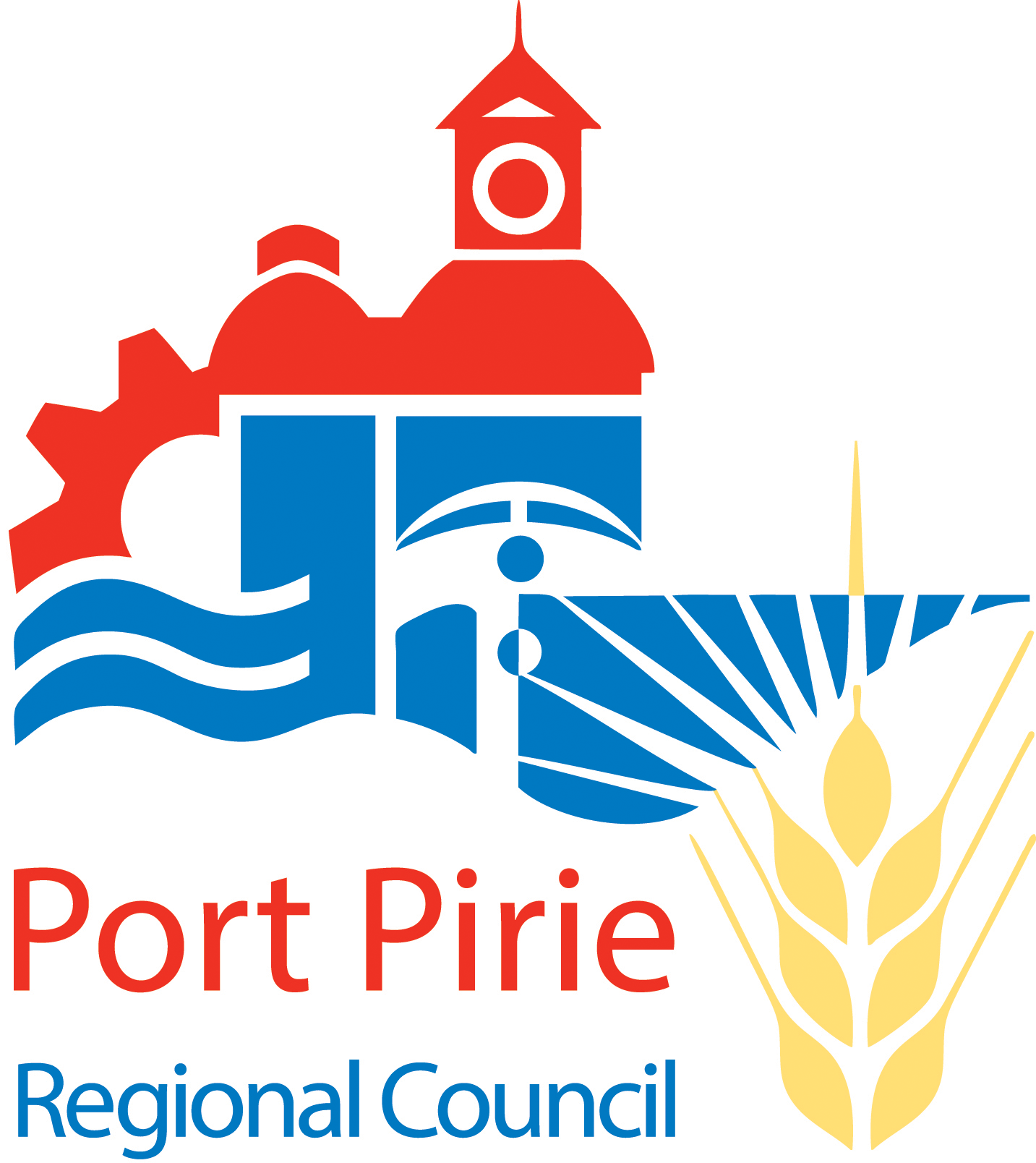Greening Railway Yard Project
Background
SA Water are leading a Greening Port Pirie Railway Yards project to restore degraded land in the Port Pirie Railyard. This project is funded by the Government of South Australia as part of a four-year greening program at Port Pirie.
The project is a key initiative in a range of measures being taken by the South Australian government to reduce and prevent exposure to lead in Port Pirie. The railyard is owned by the Department for Infrastructure and Transport (DIT) and currently leased to One Rail Australia (ORA) / Auri. The project area includes both the Aurizon managed land parcels, DIT land and two private land holders.
In order to successfully deliver this project, SA Water are working collaboratively with:
- The Targeted Lead Abatement Program (TLAP)
- Department for Energy and Mining (DEM)
- Department for Health and Wellbeing (DHW)
- Yorke and Northern Local Health Network (YNLHN)
- Department for Education
- SA Housing Authority (SAHA)
- Port Pirie Regional Council (PPRC)
Purpose
The primary objective of this project is to facilitate the establishment of perennial native vegetation ground cover to reduce the distribution of dust containing lead, which will reduce exposure to lead in the community and improve related health outcomes. Additionally, it will improve amenity, assist with greening and create improvements for the Port Pirie community.
The railyard has poor ground cover and is considered a high dust risk area. It is one of the two largest individual sites within the urban area of Port Pirie that are likely to contribute to the movement of dust.
Critical to the effective establishment of native vegetation ground cover is the removal of the site rubbish, existing weeds and weed seeds identified in the site topsoil. Unlike other projects, where topsoil is to be re-used, the key scope of this project is to mound and then cap/ bury the existing topsoil.
The project will also support other projects that will reduce community exposure to lead dust, in particular preschool-age and younger children.
